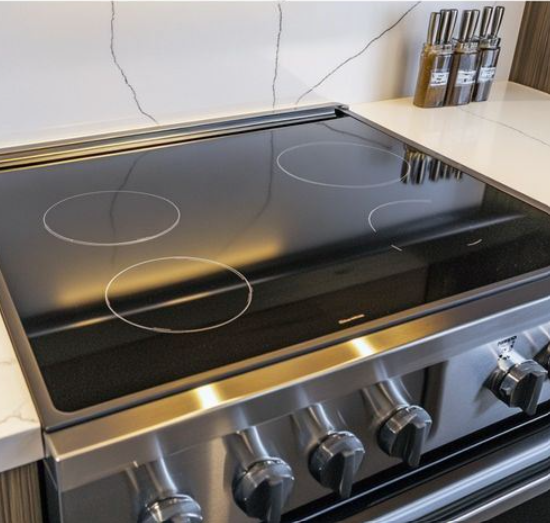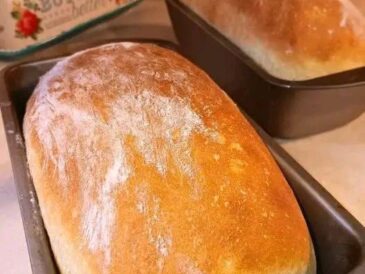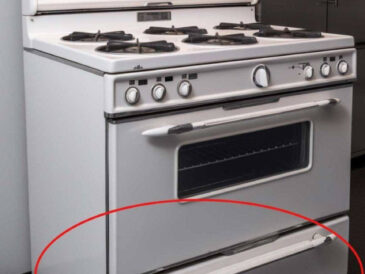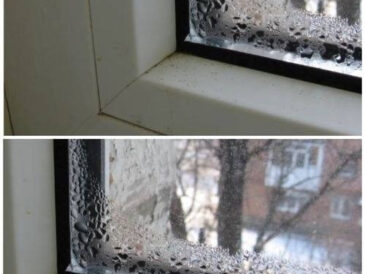Glass stovetops, also known as ceramic or vitroceramic cooktops, have become increasingly popular in modern kitchens. Their sleek, smooth surface makes cooking look elegant and cleaning appear easy. However, many homeowners struggle with cleaning glass stovetops properly, often causing scratches, stubborn stains, or even damage through incorrect methods.
In this comprehensive guide, you will discover the best practices for cleaning your glass stovetop quickly and thoroughly while preserving its flawless surface. Whether you’re dealing with greasy spills, burnt-on food residues, or everyday grime, the techniques described here will help you maintain a sparkling cooktop effortlessly.
Table of Contents
- Why Glass Stovetops Require Special Care
- Common Mistakes to Avoid When Cleaning
- Essential Tools for Cleaning Glass Cooktops
- Natural and Effective Cleaning Agents
- Step-by-Step Guide to Fast and Thorough Cleaning
- How to Remove Burnt-On and Stubborn Stains Without Scratching
- Routine Maintenance Tips to Keep Your Cooktop Shiny
- Best Practices to Extend the Life of Your Glass Cooktop
- Eco-Friendly and Cost-Effective Cleaning Solutions
- Final Thoughts: Achieving a Spotless Cooktop in Minutes
- FAQ: Your Most Common Glass Cooktop Cleaning Questions Answered
1. Why Glass Stovetops Require Special Care
Unlike traditional coil or gas burners, glass stovetops have a smooth, tempered glass surface that is both heat resistant and visually appealing. This glass surface is tough but delicate, requiring careful cleaning to avoid damage.
Key Characteristics:
- Smooth, sleek glass surface
- High heat resistance (up to 700°C or 1292°F)
- Vulnerable to scratches from abrasive materials
- Susceptible to cracks or thermal shock if cleaned incorrectly
Because of these factors, using the wrong cleaning tools or products can cause permanent damage, dull the finish, or cause unsightly cracks. Proper care keeps your stovetop looking pristine while extending its useful life.
2. Common Mistakes to Avoid When Cleaning a Glass Stovetop
Many people unknowingly damage their glass cooktops by:
- Cleaning while the stovetop is still hot, which causes thermal shock
- Using abrasive scrubbers, steel wool, or harsh scouring pads
- Applying harsh chemical cleaners with ammonia or bleach
- Ignoring spills and burnt residues, letting them harden over time
- Scraping with metal knives or utensils that scratch the surface
- Using household window cleaners that contain harmful solvents
Avoiding these errors is the first step to mastering quick and safe cleaning.
3. Essential Tools for Effective Cleaning
Before you begin, gather the following tools designed or suited for glass stovetop care:
- Ceramic stove scraper or razor blade scraper: Specially designed with a plastic or non-abrasive metal blade to safely remove stuck-on food
- Microfiber cloths: Soft, lint-free cloths perfect for wiping and polishing without scratching
- Non-abrasive sponge or soft scrubber: Gentle enough to clean without causing damage
- Spray bottle: To apply cleaning solutions evenly
- Small bowl: For mixing homemade cleaning solutions
4. Natural and Effective Cleaning Agents
You don’t need expensive or chemical-laden cleaners to get outstanding results. Some common household products work wonders:
White Vinegar
White vinegar is a natural degreaser and descaler, breaking down tough grease and mineral deposits.
Baking Soda
Baking soda acts as a gentle abrasive, perfect for scrubbing stubborn burnt spots without scratching.
Liquid Castile or Black Soap
Mild natural soaps help cut through grease gently.
Warm Water
Warm water helps soften dried residues before scrubbing.
5. Step-by-Step Guide to Fast and Thorough Cleaning
Click page 2 for more




